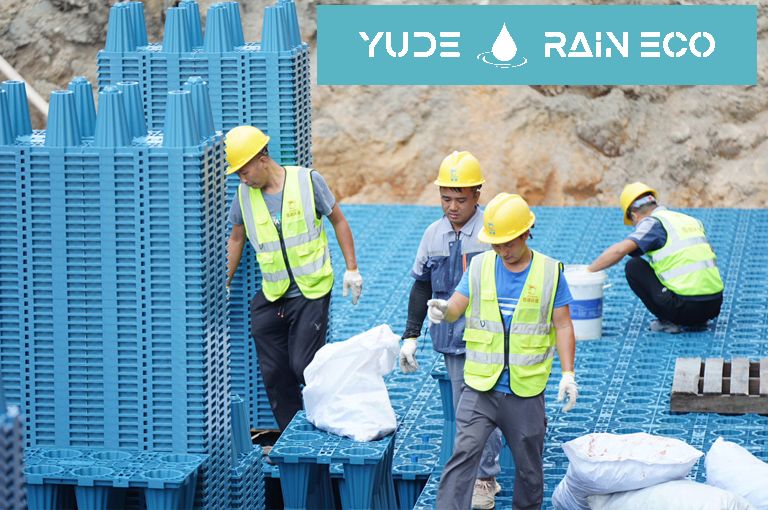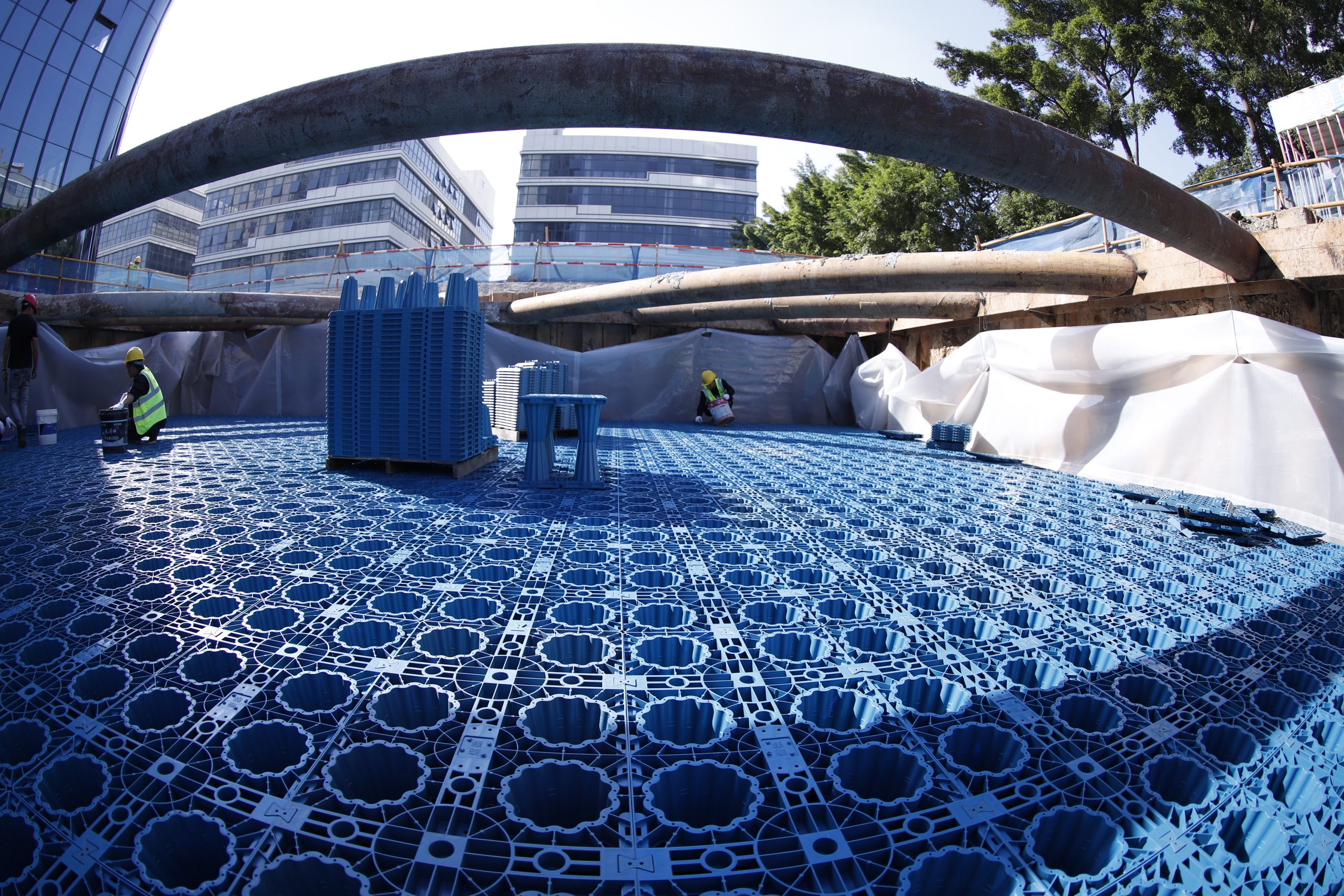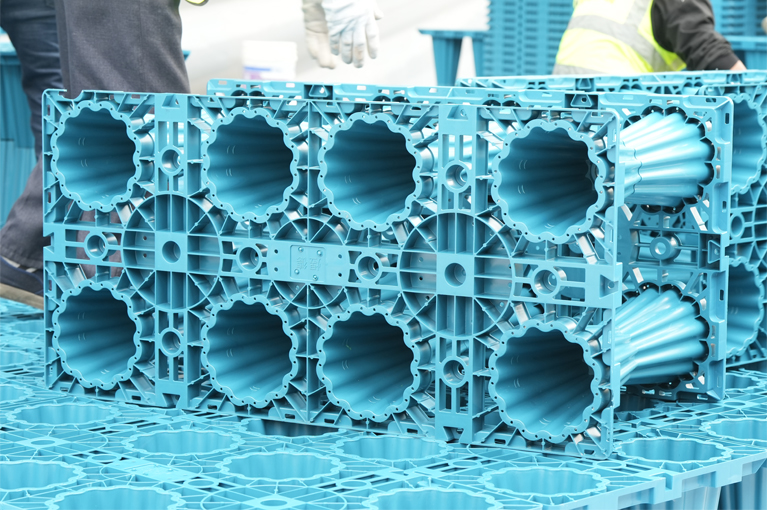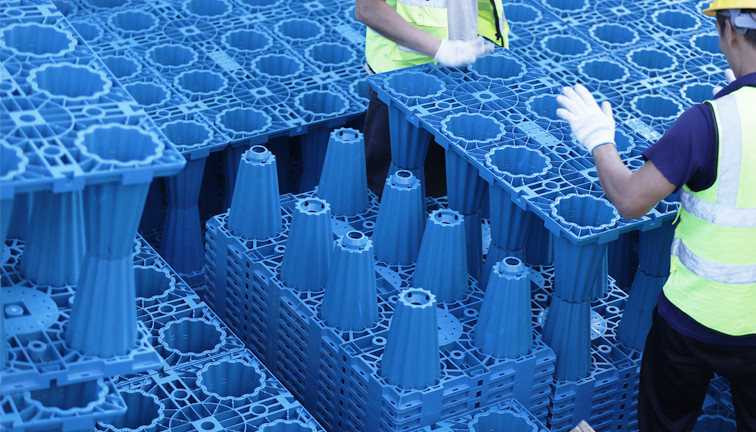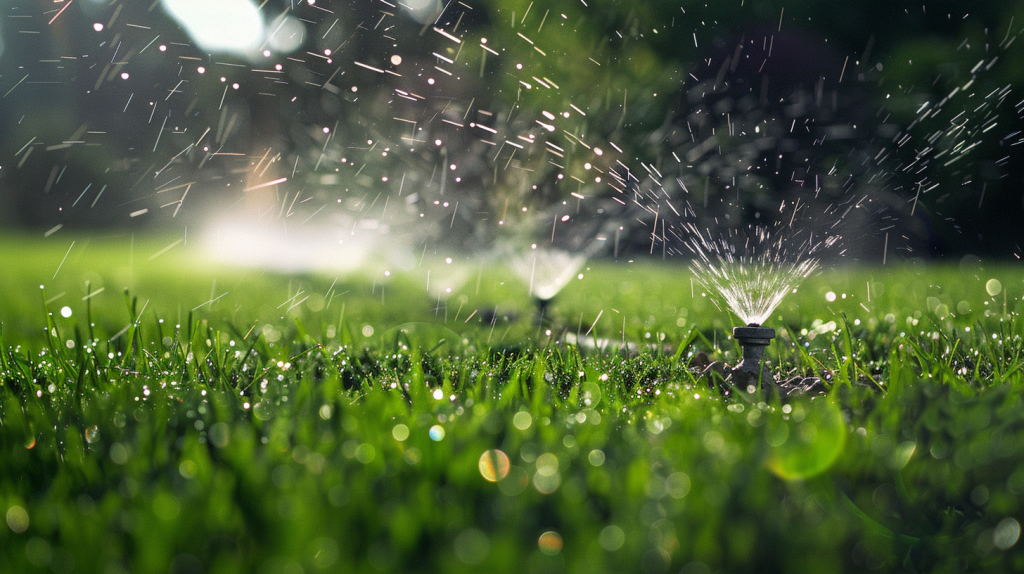In an era marked by increasing water scarcity and environmental concerns, rainwater harvesting has emerged as a crucial strategy for sustainable water management. This article provides an in-depth exploration of conventional and underground rainwater harvesting systems, offering a detailed comparison to guide informed decision-making for water conservation initiatives across residential, commercial, and industrial sectors.
The Historical Context and Evolution of Rainwater Harvesting
Rainwater harvesting is not a modern invention but a practice deeply rooted in human history. Archaeological evidence suggests that rainwater harvesting techniques were employed as far back as 4,000 years ago in the Negev Desert [1]. The United Nations Environment Programme (UNEP) reports that ancient civilizations in Rome, sub-Saharan Africa, and Asia all developed sophisticated rainwater collection systems [2].
Today, these ancient techniques have evolved into advanced systems that cater to modern needs while addressing contemporary environmental challenges. The global rainwater harvesting market is projected to reach $1.5 billion by 2025, with a compound annual growth rate (CAGR) of 6.8% from 2020 to 2025 [3].
Conventional Rainwater Harvesting: A Time-Tested Approach
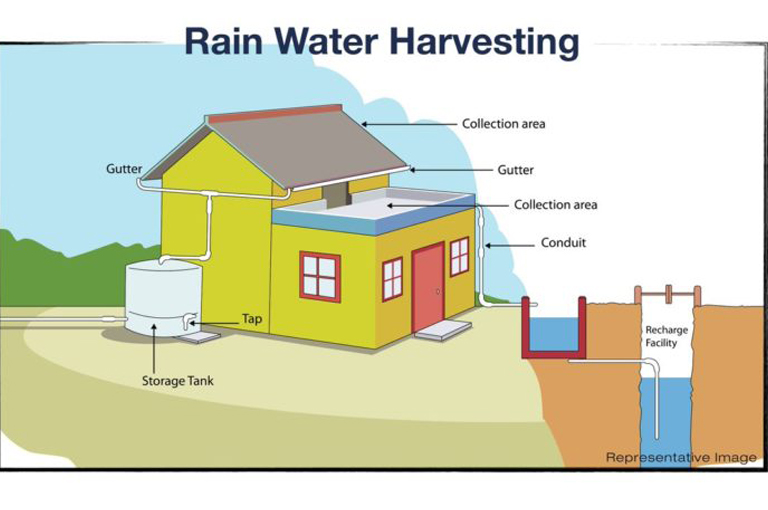
Definition and Core Components
Conventional rainwater harvesting systems typically comprise:
- Catchment area (predominantly rooftops)
- Gutters and downspouts for water conveyance
- First flush diverters to improve water quality
- Above-ground storage tanks
- Filtration and purification systems
- Distribution mechanisms (gravity-fed or pump-assisted)
Efficiency and Performance Metrics
The American Rainwater Catchment Systems Association (ARCSA) has conducted extensive research on conventional systems’ performance. Their findings indicate that well-designed conventional systems can capture between 70-80% of annual rainfall, depending on local precipitation patterns and system design [4].
A study published in the Journal of Water Resources Planning and Management found that the efficiency of conventional systems can be further improved by up to 15% through the implementation of smart control systems and real-time monitoring [5].
Benefits of Conventional Systems
- Cost-effective installation, with initial costs ranging from $0.50 to $2.00 per gallon of storage capacity [6]
- Easy maintenance and accessibility for repairs
- Visible water levels facilitating straightforward monitoring
- Potential for gravity-fed distribution, reducing energy consumption
- Adaptability to various building types and retrofitting scenarios
Limitations and Challenges
- Significant footprint, occupying valuable ground space
- Susceptibility to algae growth and external contamination
- Vulnerability to temperature fluctuations and UV exposure
- Potential aesthetic concerns in certain architectural contexts
- Limited storage capacity compared to underground alternatives
Underground Rainwater Harvesting: The Cutting-Edge Solution
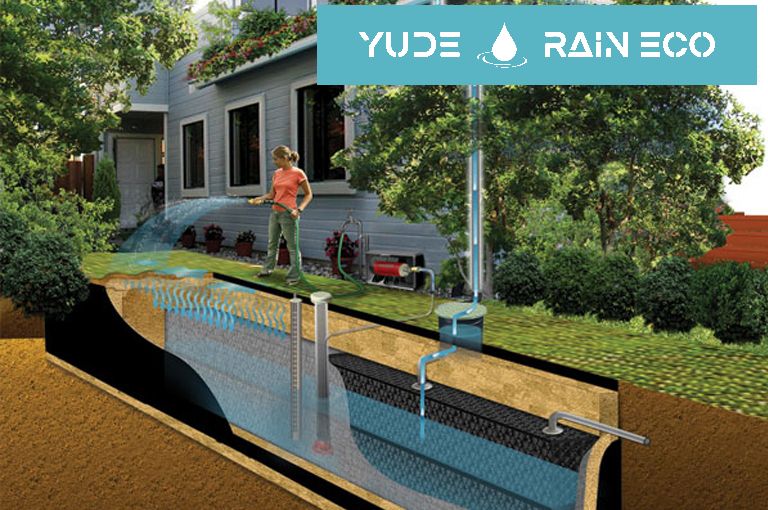
Yude Rain Eco’s Innovative Approach to Water Conservation
Yude Rain Eco specializes in state-of-the-art underground rainwater harvesting systems, offering both saving tanks and attenuation tanks designed for optimal efficiency, space utilization, and long-term sustainability.
Key Components of Advanced Underground Systems
- Expansive catchment areas (including rooftops, paved surfaces, and landscaped zones)
- High-efficiency pre-filtration units
- Large-capacity underground storage tanks (saving or attenuation)
- Advanced pump systems with variable frequency drives
- Multi-stage filtration and UV treatment options
- Sophisticated monitoring and control systems with IoT integration
Efficiency and Performance Benchmarks
A comprehensive study published in the Journal of Cleaner Production revealed that underground rainwater harvesting systems can achieve collection efficiencies of up to 95% in suitable climatic conditions [7]. This high efficiency is attributed to reduced evaporation losses and protection from external contaminants.
Research conducted by the International Water Association (IWA) indicates that underground systems can maintain consistent water quality for extended periods, with microbial contamination rates up to 40% lower than above-ground systems [8].
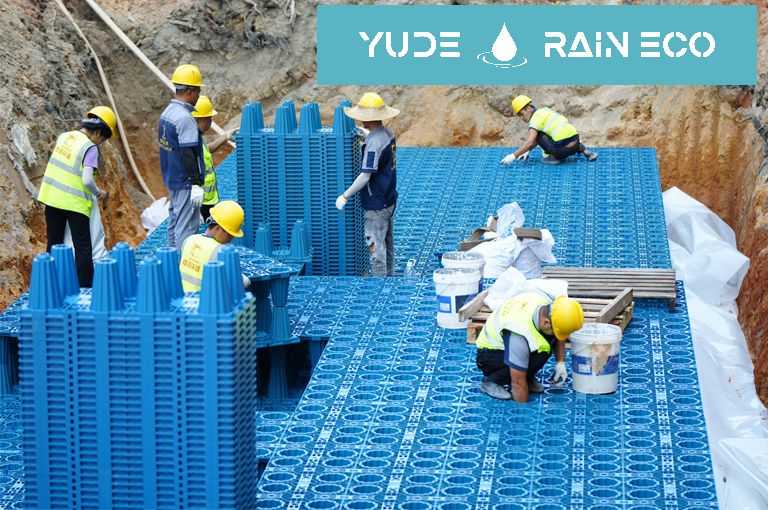
Benefits of Underground Systems
- Space-saving design, ideal for urban environments and properties with limited surface area
- Superior protection from sunlight and external contamination sources
- Consistent water temperature year-round, typically ranging between 10-15°C (50-59°F) [9]
- Aesthetically pleasing due to their hidden nature
- Large storage capacity, with yuderaineco offering tanks ranging from 1,000 to 100,000+ liters
- Significantly reduced evaporation loss, estimated at less than 0.1% annually [10]
- Enhanced durability and reduced maintenance requirements
- Potential for seamless integration with smart home and building management systems
Comparative Analysis: Conventional vs. Underground Systems
| Factor | Conventional | Underground (yuderaineco) |
|---|---|---|
| Space Efficiency | Low | High |
| Initial Cost | Lower ($0.50-$2.00/gallon) | Higher ($1.50-$4.00/gallon) |
| Long-term Efficiency | Moderate (70-80%) | High (up to 95%) |
| Water Quality Maintenance | Requires frequent attention | Minimal intervention needed |
| Lifespan | 15-25 years | 30-50+ years |
| Environmental Impact | Moderate | Low |
Economic and Environmental Implications
- Water Cost Savings: A study by the U.S. Environmental Protection Agency (EPA) found that commercial buildings can reduce water and sewer costs by up to 80% through effective rainwater harvesting [11].
- Energy Conservation: By reducing reliance on municipal water supplies, rainwater harvesting systems can lower energy consumption associated with water treatment and distribution. The Energy Saving Trust estimates that up to 6% of the UK’s total greenhouse gas emissions are related to water supply and use [12].
- Stormwater Management: Underground attenuation tanks can play a crucial role in flood prevention. A case study in Toronto, Canada, demonstrated that implementing large-scale underground rainwater harvesting reduced peak stormwater runoff by up to 40% during heavy rainfall events [13].
- Groundwater Recharge: In areas practicing artificial groundwater recharge, underground systems can be designed to slowly release collected rainwater, contributing to aquifer replenishment.
Regulatory Landscape and Incentives
- In Germany, up to 85% of rainwater harvesting system costs can be subsidized in certain regions [14].
- The US offers various tax incentives and rebates for rainwater harvesting installations, varying by state and municipality.
- In Australia, the National Rainwater and Greywater Initiative provided rebates of up to $500 for household rainwater tank installations [15].
Future Trends and Innovations
- Smart Systems: Integration of AI and IoT for predictive maintenance and optimized water usage.
- Nanotechnology: Development of nanofilters for more efficient water purification, potentially removing even microscopic contaminants and pathogens.
- Hybrid Systems: Integration of rainwater harvesting with other water conservation technologies, such as greywater recycling and atmospheric water generation.
- Modular and Scalable Designs: Yude Rain Eco is at the forefront of developing modular underground systems that can be easily scaled up as needs change.
- Green Building Integration: Incorporation of rainwater harvesting as a standard feature in green building certifications like LEED and BREEAM.
Case Studies: Real-World Applications and Results
1. Commercial Application: The Bullitt Center, Seattle, USA
The Bullitt Center, often referred to as the “greenest commercial building in the world,” incorporates a state-of-the-art underground rainwater harvesting system. Key statistics:
- 56,000-gallon underground cistern
- Meets 100% of the building’s water needs
- Projected water savings of 1.5 million gallons annually [16]
2. Residential Application: Eco-Village, Ithaca, New York
This community of 100 homes utilizes a combination of conventional and underground rainwater harvesting systems. Results include:
- 60% reduction in municipal water usage
- Annual water cost savings of approximately $24,000 for the community
- Significant reduction in stormwater runoff, benefiting local ecosystems [17]
3. Industrial Application: BMW Plant, Leipzig, Germany
BMW’s Leipzig plant implemented a large-scale underground rainwater harvesting system as part of its sustainability initiatives:
- 3 million liter storage capacity
- Provides 30% of the plant’s industrial water needs
- Reduces annual water consumption by 10 million liters [18]
Expert Opinions and Industry Perspectives
Dr. Elena Rodriguez, Water Resource Management Specialist at the World Bank, states: “Underground rainwater harvesting systems, particularly those utilizing advanced technologies like Yude Rain Eco’s, represent a significant leap forward in sustainable water management. Their efficiency and minimal footprint make them ideal for urban environments facing water stress.” [19]
John Thompson, Chief Innovation Officer at the Global Water Partnership, adds: “The future of water conservation lies in integrated systems. Underground rainwater harvesting, when combined with smart city initiatives and circular water economy principles, has the potential to revolutionize urban water management.” [20]
Conclusion: The Path Forward
As global water scarcity intensifies and urbanization continues, the importance of efficient rainwater harvesting cannot be overstated. While conventional systems have served well and continue to be relevant in certain contexts, underground rainwater harvesting systems, exemplified by Yude Rain Eco’s innovative solutions, offer superior efficiency, durability, and integration capabilities.
The higher initial investment in underground systems is often offset by long-term benefits, including increased water savings, reduced maintenance costs, and enhanced property values. As regulatory frameworks evolve to address water conservation more stringently, investing in advanced rainwater harvesting technologies is not just an environmental choice, but increasingly, an economic necessity.
For homeowners, businesses, and municipalities looking to future-proof their water management strategies, underground rainwater harvesting systems represent a sustainable, efficient, and forward-thinking solution. As we move towards a more water-conscious future, the role of innovations like those pioneered by Yude Rain Eco will be crucial in ensuring water security and environmental sustainability.
Embrace the Future of Water Conservation with Yude Rain Eco
As we’ve explored throughout this comprehensive analysis, the future of rainwater harvesting lies in advanced, efficient, and sustainable underground systems. Yude Rain Eco stands at the forefront of this innovation, offering cutting-edge solutions that address the growing global need for water conservation and management.

Why Choose Yude Rain Eco?
- Unparalleled Expertise: With years of experience and a team of dedicated professionals, Yude Rain Eco brings unmatched knowledge to every project.
- Customized Solutions: Whether you’re a homeowner, business owner, or municipal planner, Yude Rain Eco offers tailored systems to meet your specific needs and local conditions.
- Cutting-Edge Technology: Our advanced underground tanks and smart monitoring systems represent the pinnacle of rainwater harvesting technology.
- Sustainability Focus: By choosing Yude Rain Eco, you’re not just conserving water – you’re investing in a more sustainable future for our planet.
- Long-Term Value: While the initial investment may be higher than conventional systems, the long-term benefits in water savings, durability, and property value enhancement make Yude Rain Eco systems a wise economic choice.
Take Action Today
The time to act on water conservation is now. Whether you’re looking to retrofit an existing property or planning a new development, Yude Rain Eco has the solutions you need to make a significant impact on your water footprint.
- Request a Consultation: Our experts are ready to assess your needs and provide a customized solution. Contact us today for a free initial consultation.
- Explore Our Products: Visit our website to learn more about our range of underground tanks, filtration systems, and smart monitoring technologies.
- Join Our Sustainability Network: Connect with other forward-thinking individuals and organizations in our community of water conservation advocates.
- Stay Informed: Subscribe to our newsletter for the latest innovations in rainwater harvesting and water conservation strategies.
By choosing Yude Rain Eco, you’re not just installing a rainwater harvesting system – you’re joining a movement towards a more sustainable, water-secure future. Let’s work together to make every drop count.
References
[1] Evenari, M., Shanan, L., & Tadmor, N. (1971). “The Negev: The Challenge of a Desert.” Harvard University Press.
[2] UNEP. (2009). “Rainwater Harvesting: A Lifeline for Human Well-Being.”
[3] Grand View Research. (2019). “Rainwater Harvesting Market Size, Share & Trends Analysis Report.”
[4] American Rainwater Catchment Systems Association. (2021). “Rainwater Harvesting Manual.”
[5] Zhang, Y., et al. (2018). “Smart Control of Rainwater Harvesting Systems.” Journal of Water Resources Planning and Management, 144(5).
[6] U.S. Department of Energy. (2020). “Guide to Rainwater Harvesting

